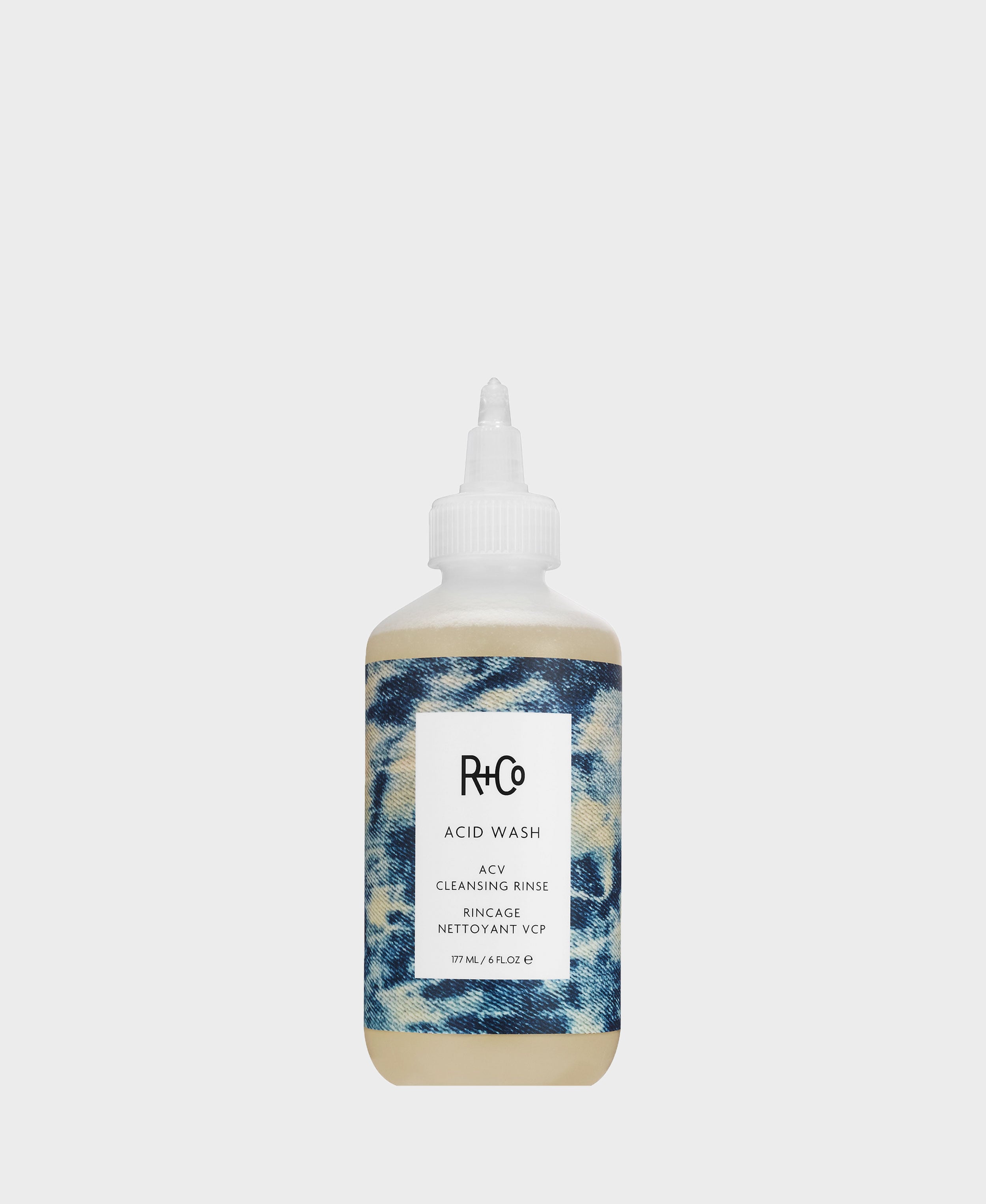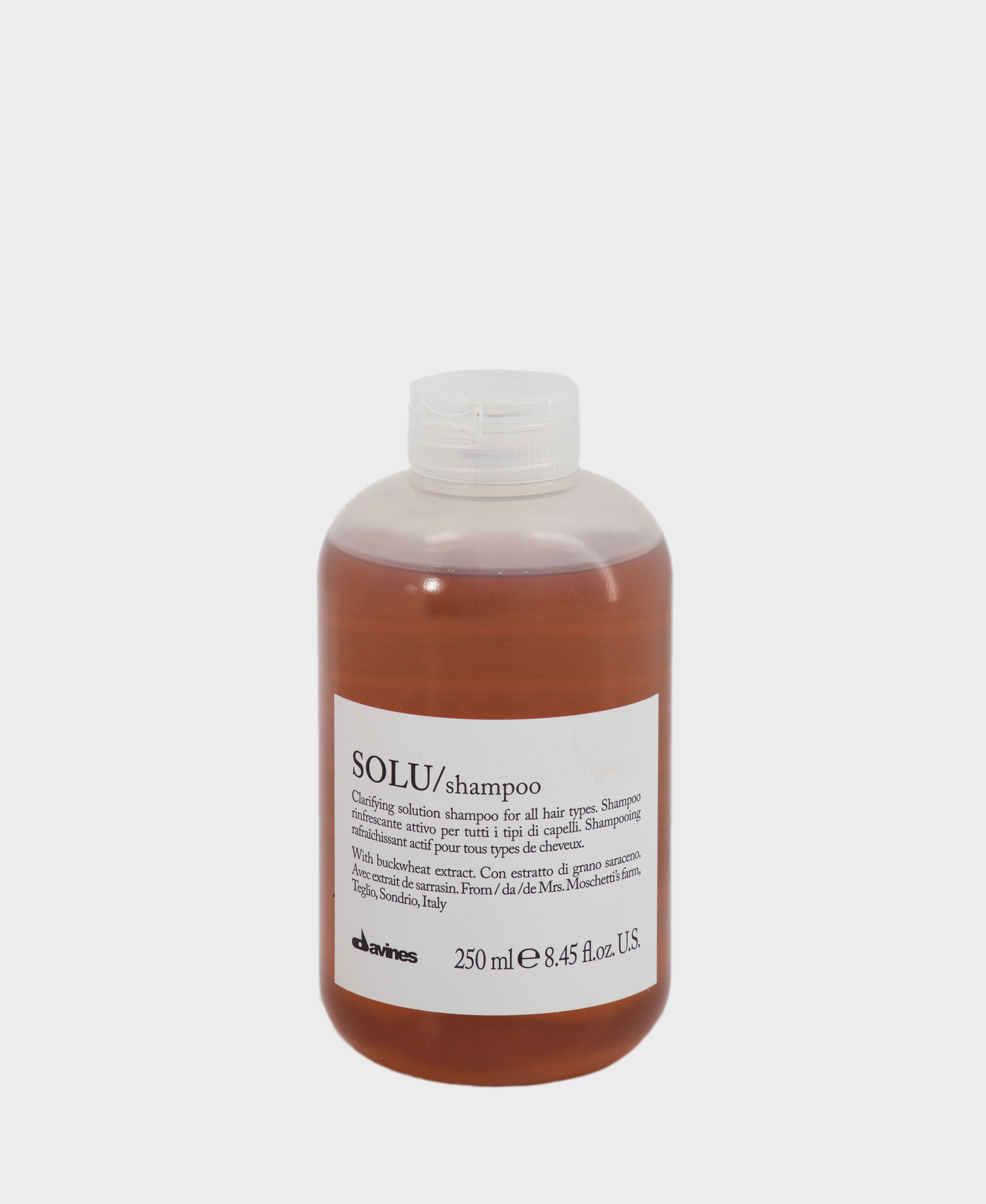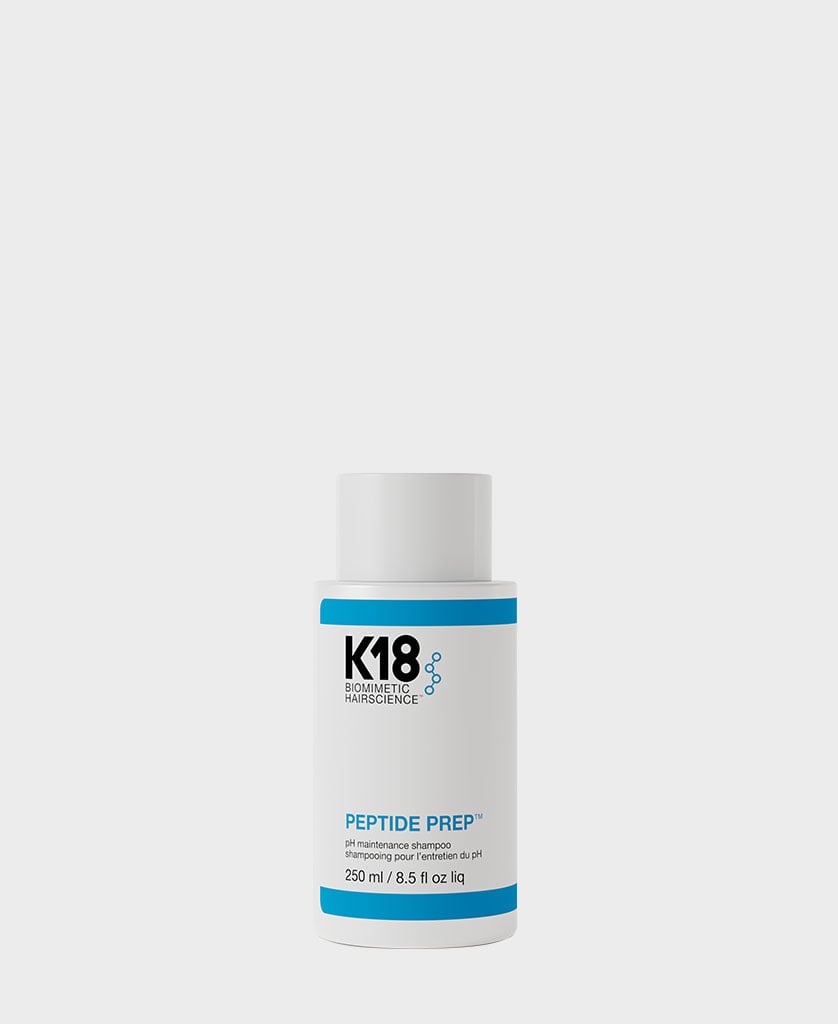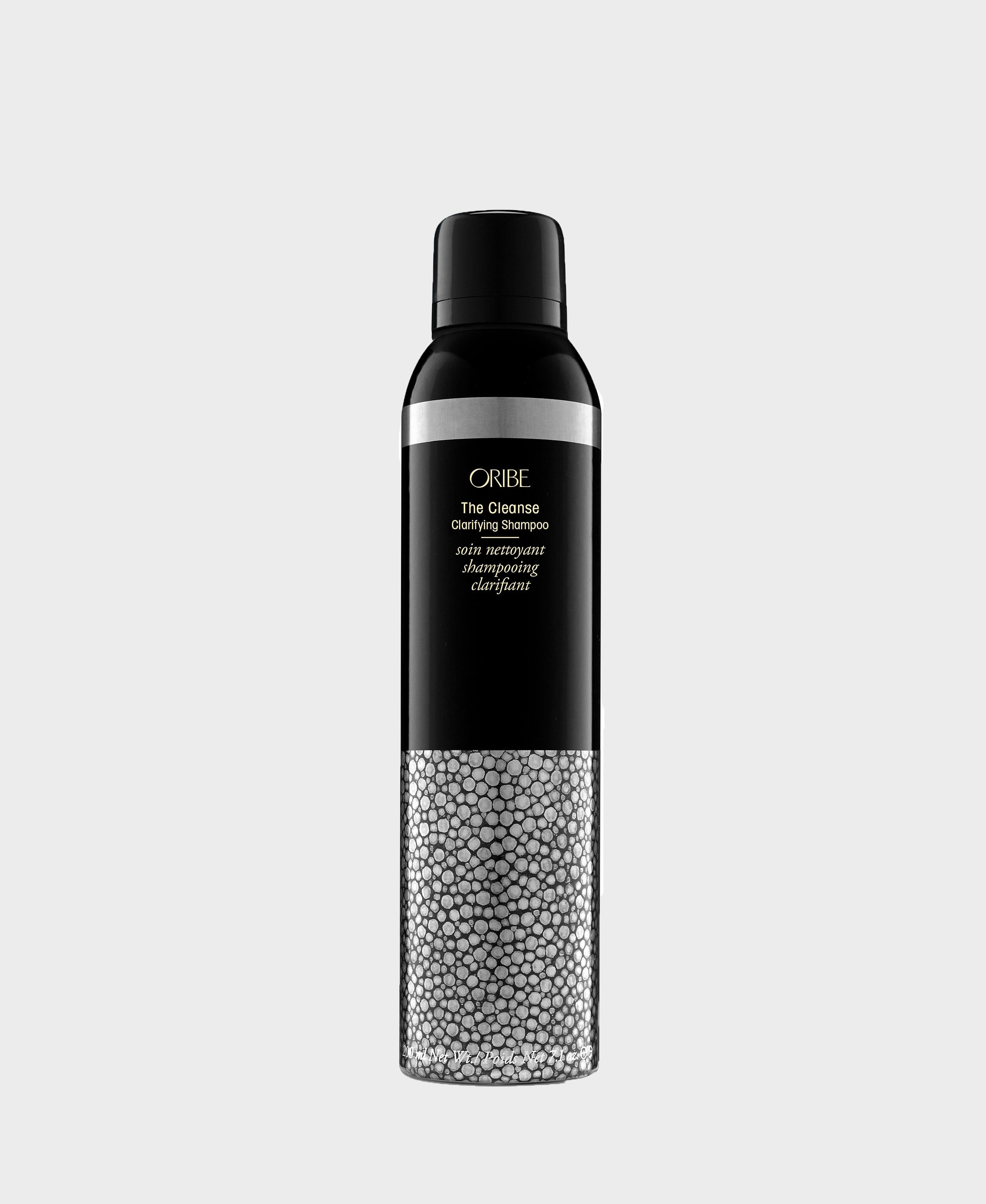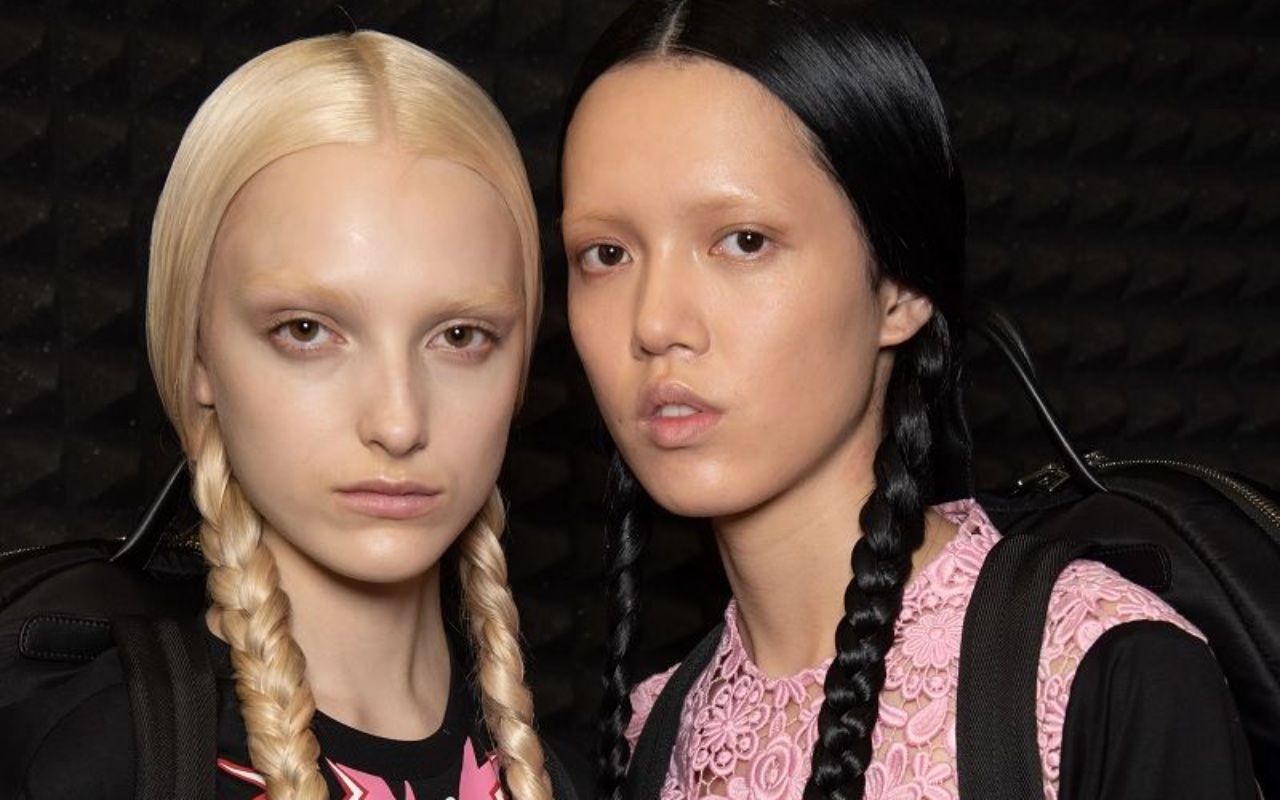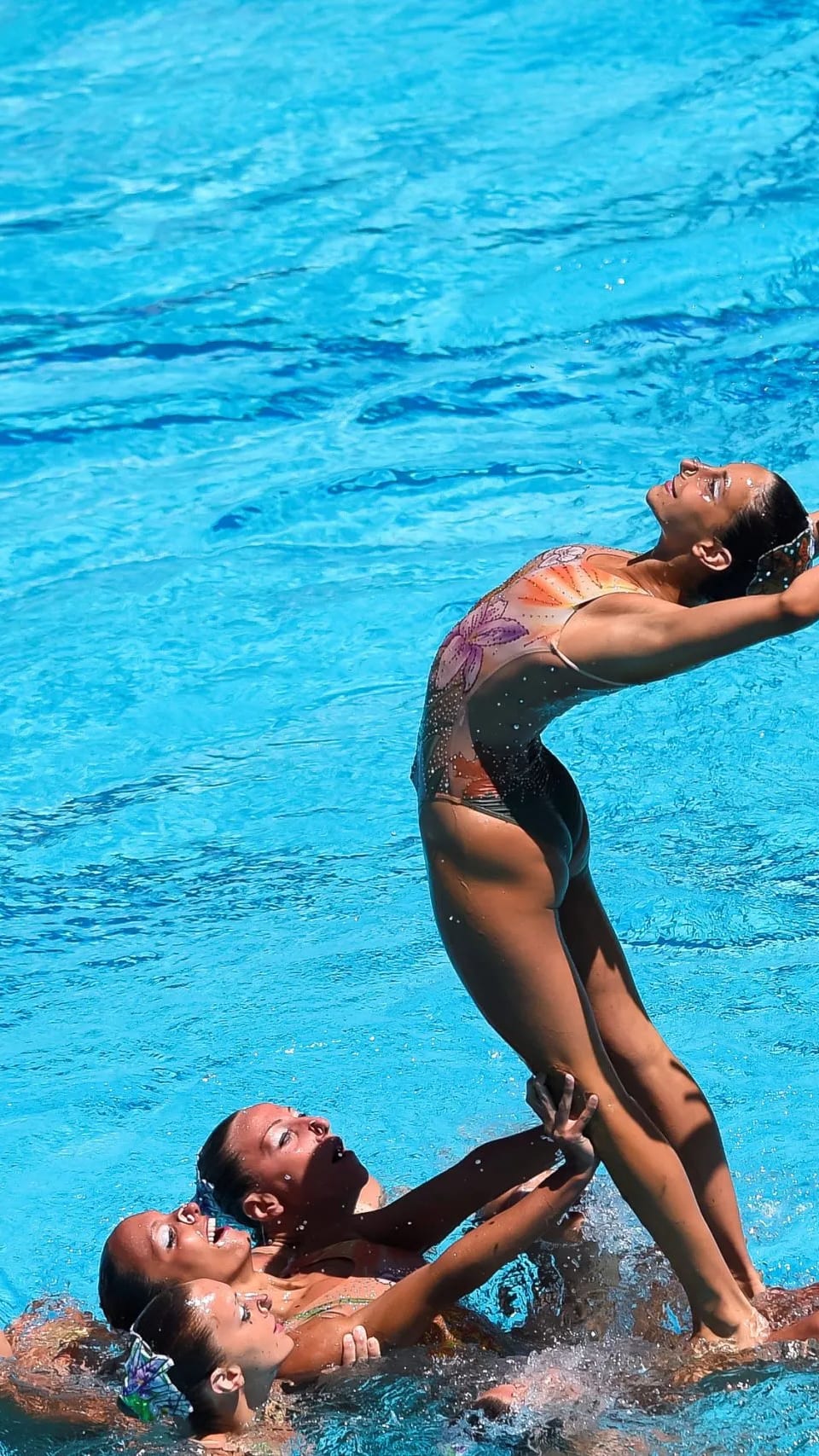
By Tara Young
There's nothing quite like the Olympics to inspire a new wave of fitness, from the straight 10s off the diving board to artistic swimming with a full face beat, we feel like getting wet all of a sudden. Whether you're a pilates girly or gym shark, maybe this is your sign to take to the pool and perfect your freestyle at Olympic-qualifying speed.
While I love the idea of gliding through the water like a dolphin, the only thing holding me back is the damage it will do to my hair. The straw-like texture, potential colour fade or the green tinge that blonde hair can pick up, not to mention the nostalgic and intense chlorine scent that lingers. Now, the obvious answer would be to wear a swim cap but I don’t feel like I’m at that level, yet. What is a girl to do?
SWIMMER'S HAIR
Diving right into the main deterrent: Chlorine, a chemical used to kill harmful bacteria that is found in bleach, pesticides, swimming pools, and even drinking water. As you can imagine it’s pretty harsh on our hair.
Over time, repeated exposure to chlorine and other pool chemicals can strip hair and scalp of lipids (natural oils), which are essential for keeping it moisturized and protected. When chlorine bonds with the proteins in your hair, it can weaken the hair shaft, making it more vulnerable to damage, breakage and split ends.
Chlorine can accelerate the fading of your salon colour by opening the cuticle and allowing colour molecules to escape more easily. Additionally, chlorine can react with trace metals in the water, like copper, which can oxidize and bind to the hair, particularly in lighter shades. This often results in a green tint. The chemical reaction is similar to how copper pipes develop a patina (green film) over time.
HOW TO PROTECT YOUR HAIR
Pre-Wet Your Hair
Pre-wetting your hair with fresh water saturates the hair fibres, reducing the amount of space available for chlorine to penetrate. This minimizes the potential damage from chlorine, such as dryness, discolouration, and protein degradation.
Use A Leave-in Conditioner
Leave-in conditioner will form a protective layer around the hair shaft, keeping the cuticle closed down and helping to eliminate the absorption of chlorinated water.
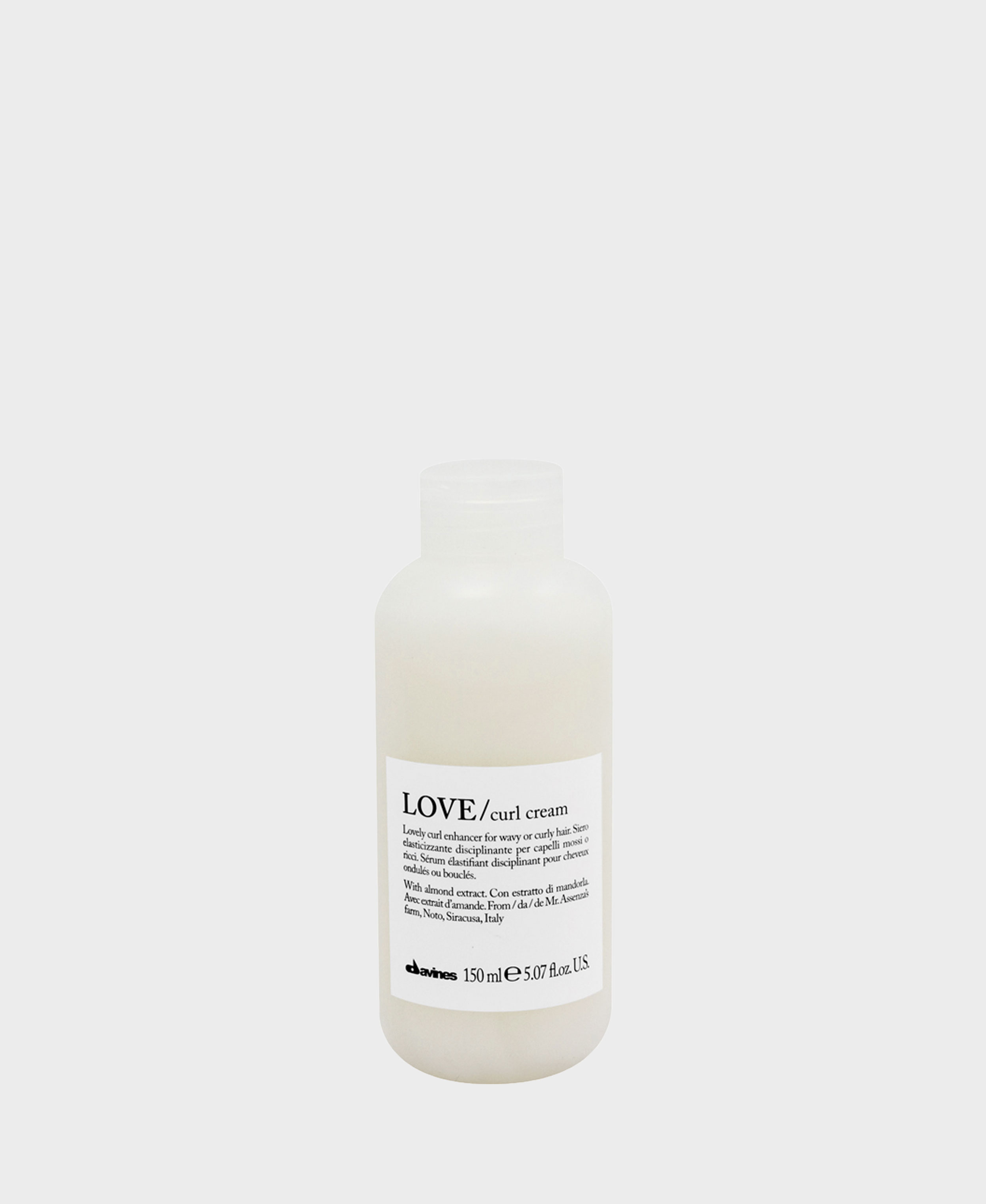
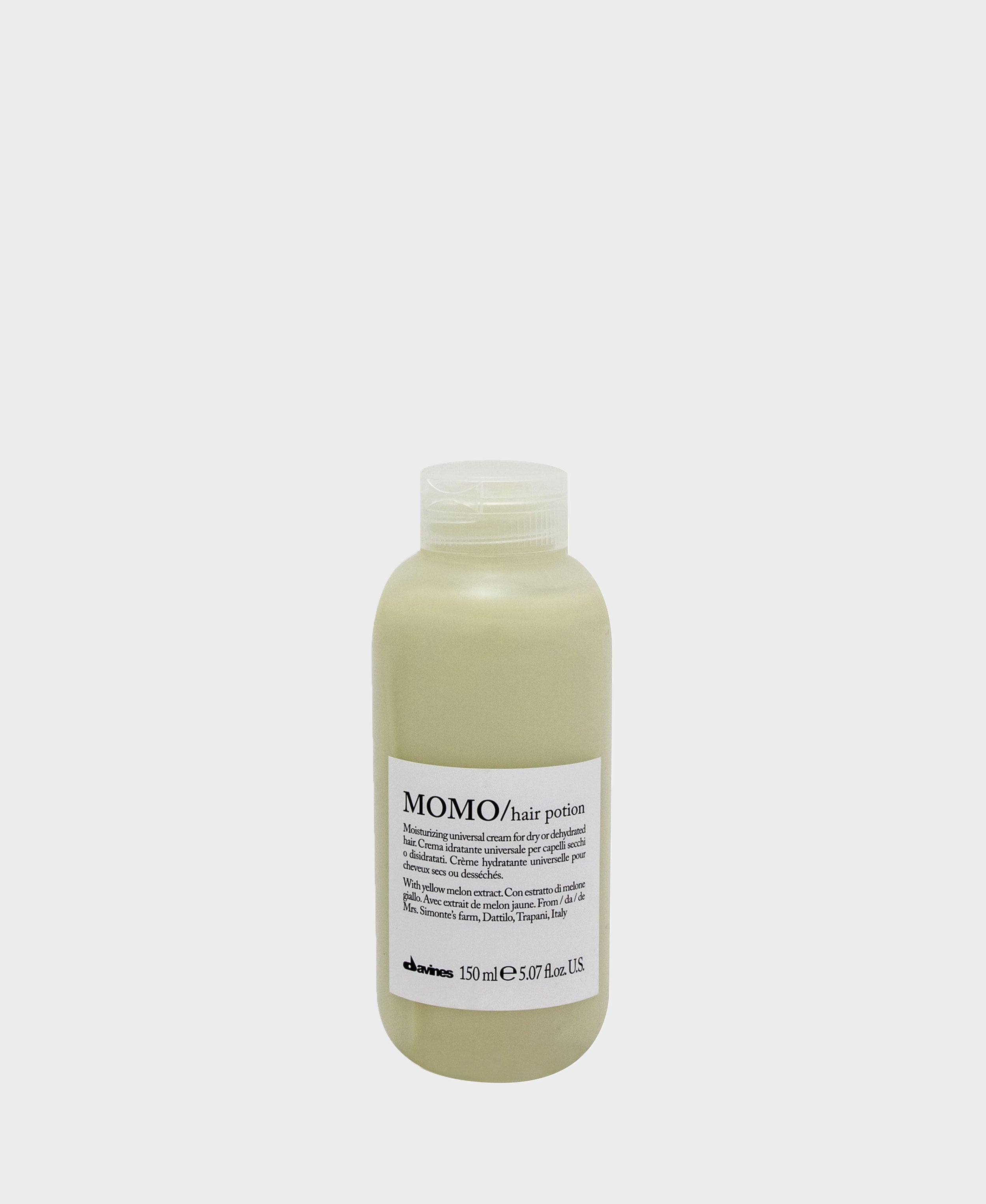
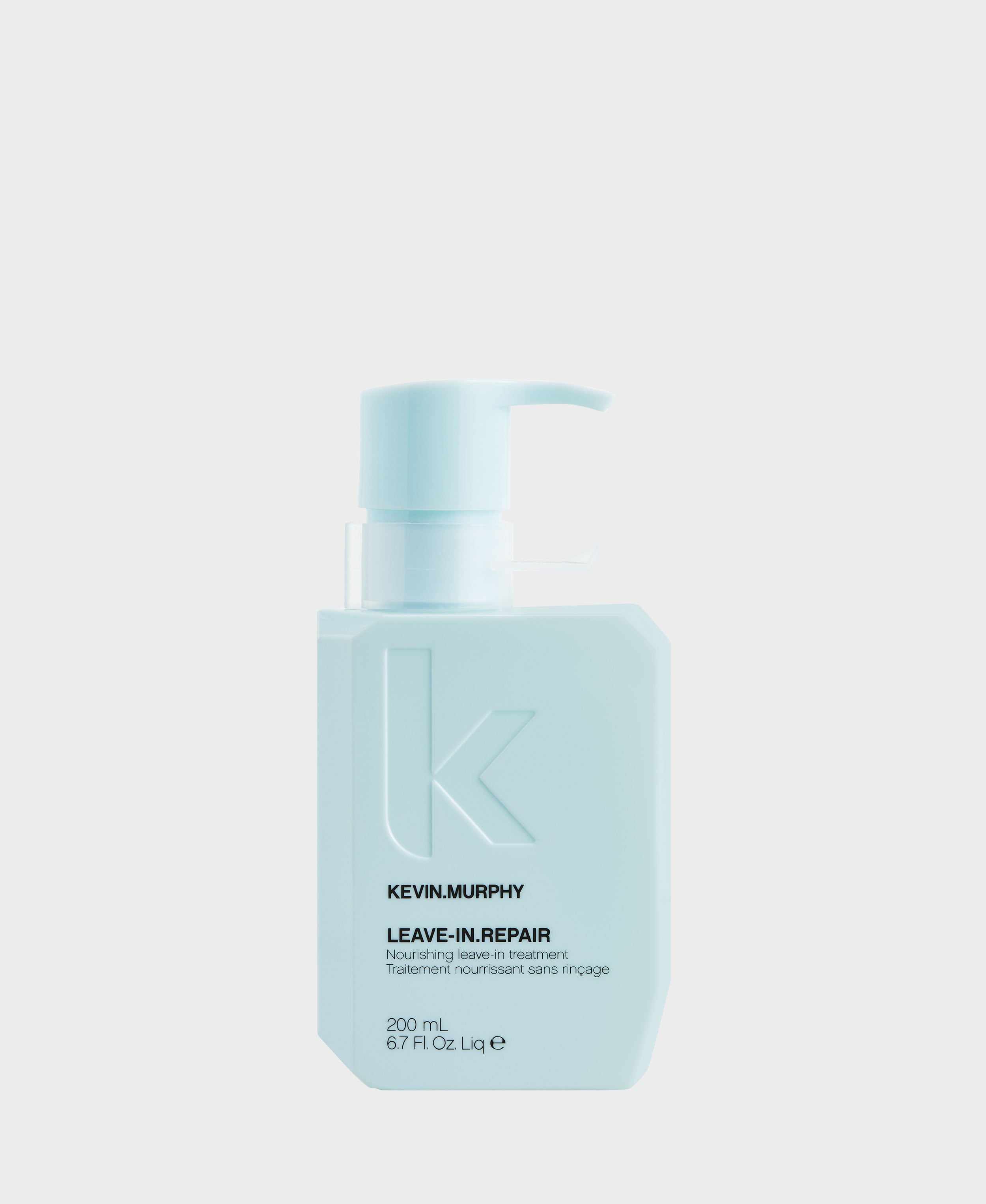
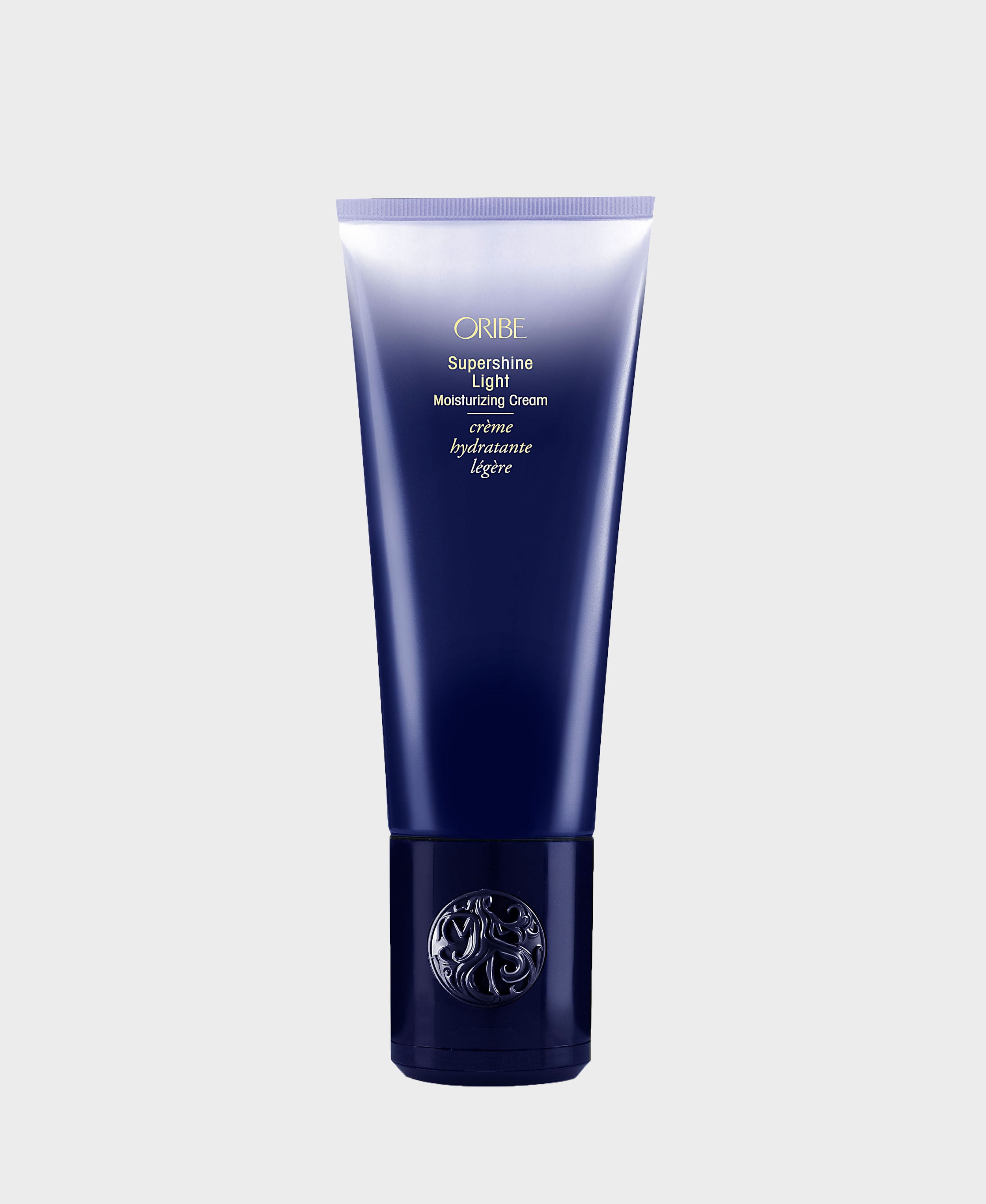
Protect With Hair Oil
Hair oils are filled with nutrients such as omega-3 fatty acids and vitamin E. These ingredients not only help to protect the hair but are also great for treating dry hair, which can be caused by chlorine exposure.
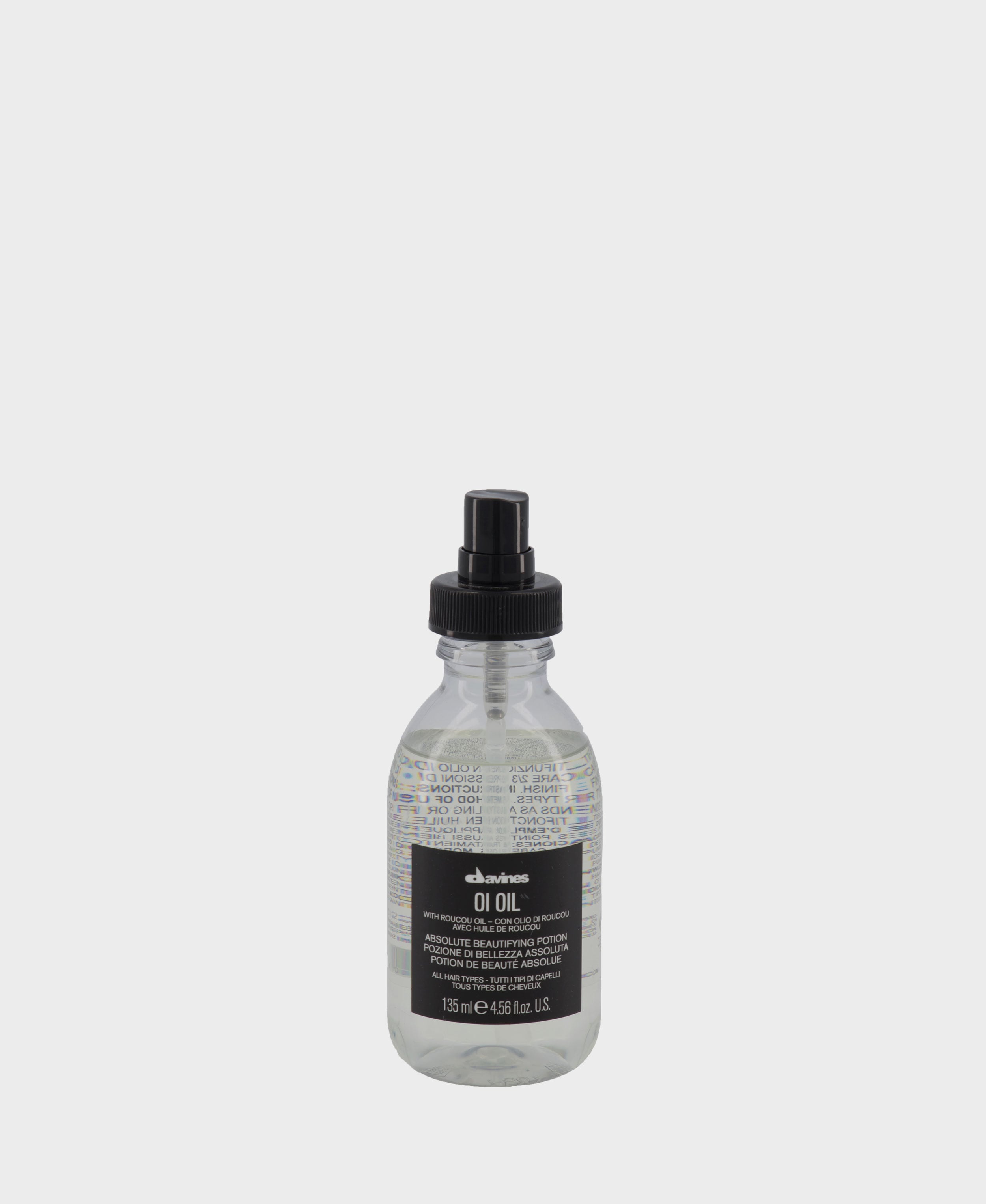
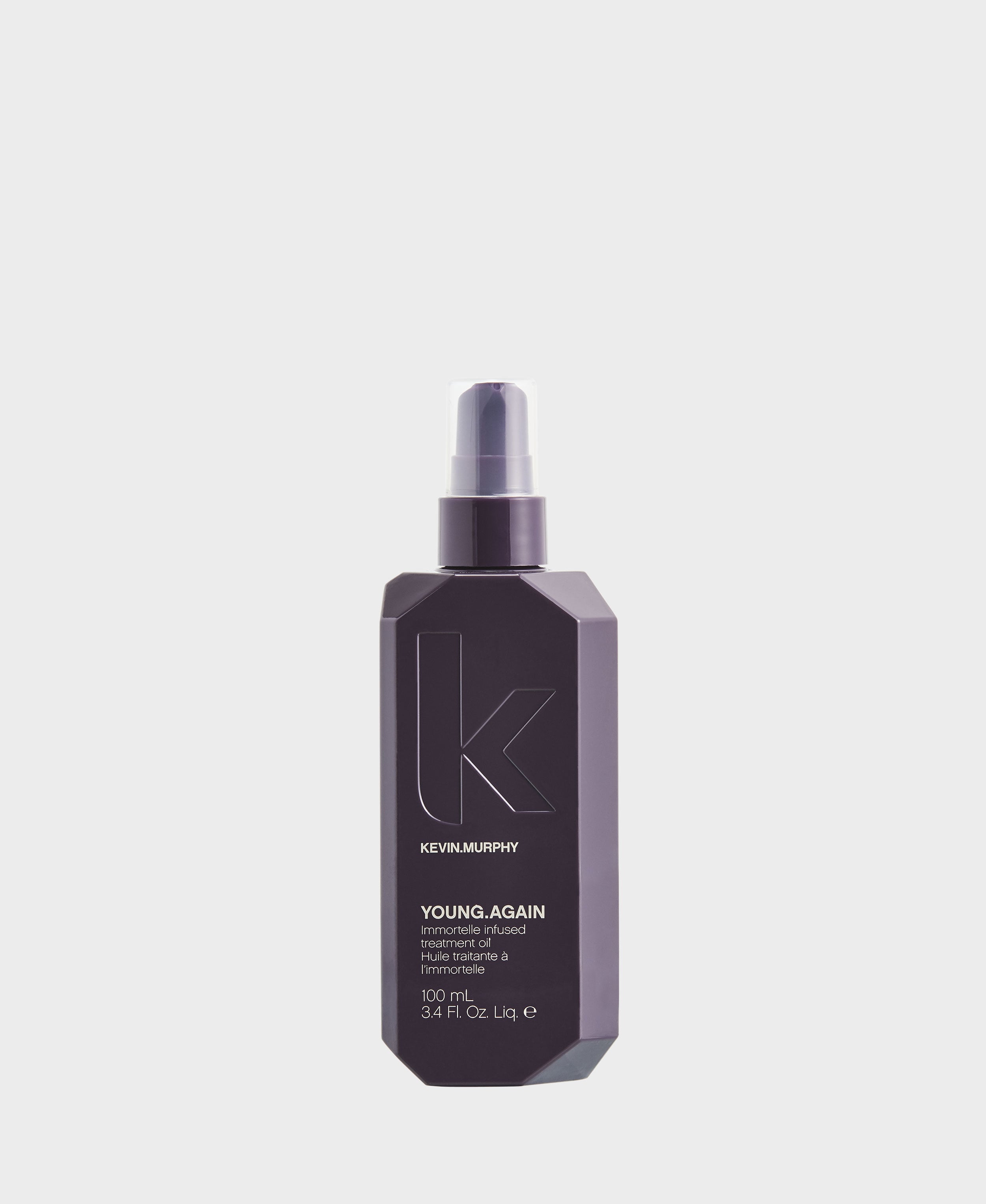
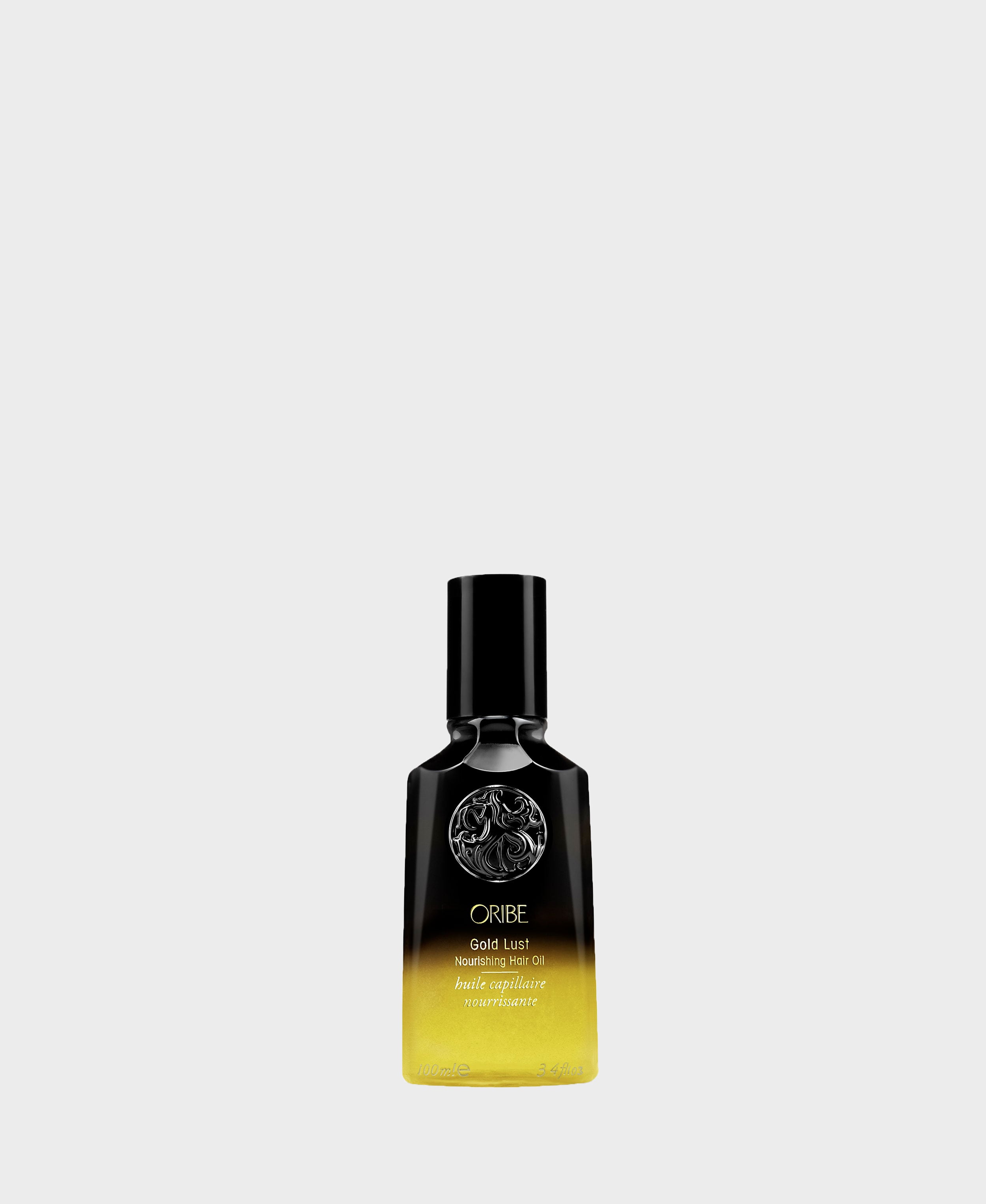
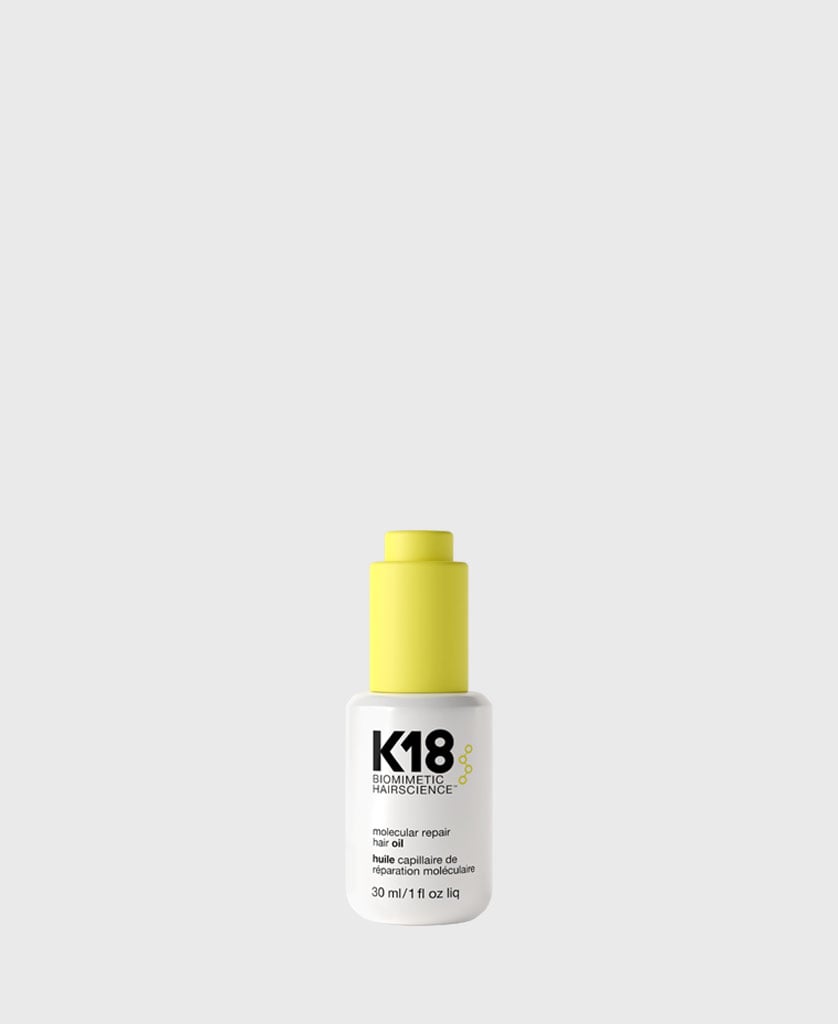
Rinse It Off Post-Swim
The first thing you should do after getting out of the water is to rinse your hair with fresh water for a few minutes. This helps remove the chlorine and stop your hair from drying out.
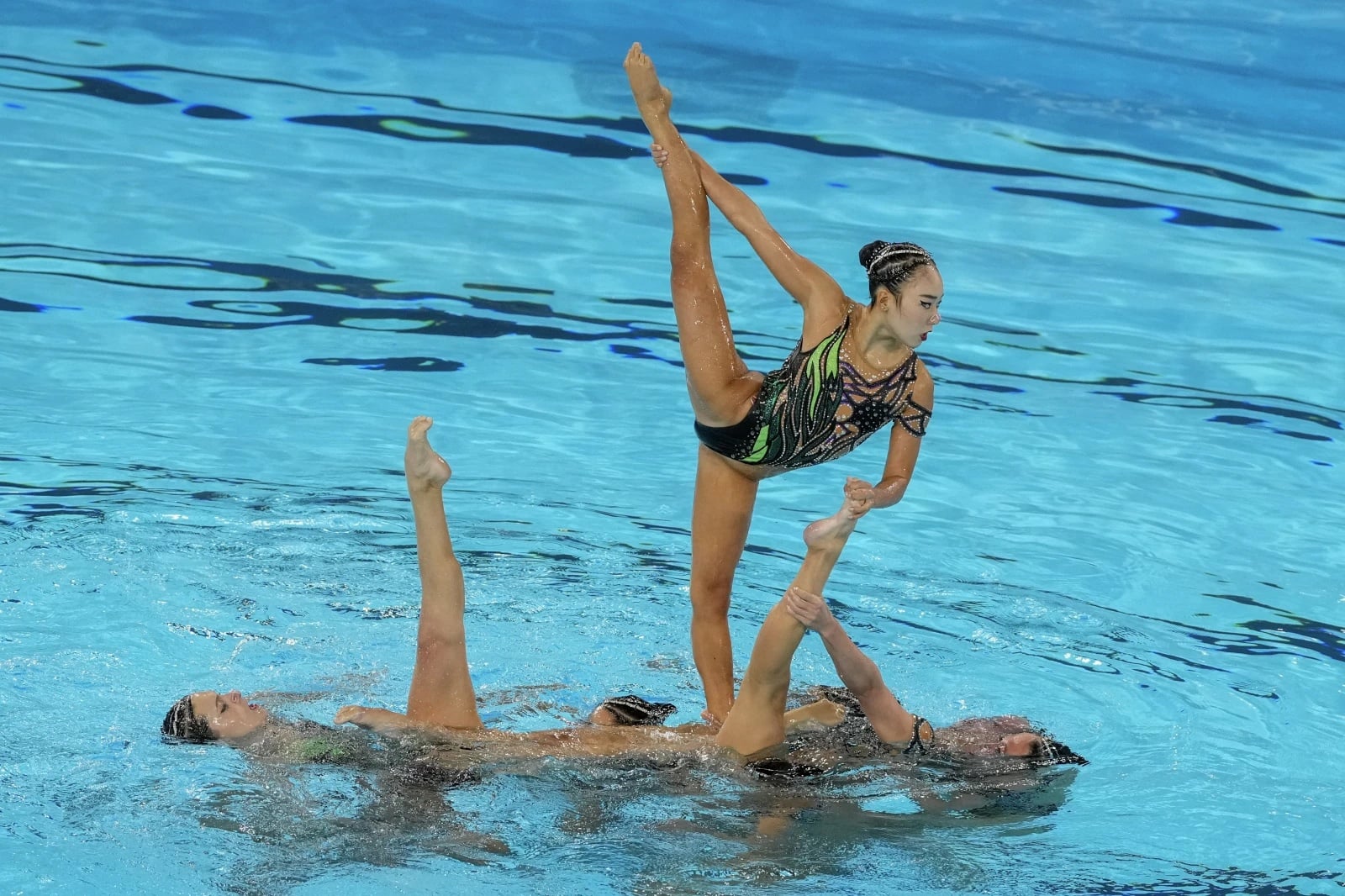
Wear A Swim Cap
Not a crowd favourite but the best way to guarantee protection from chlorine is to avoid it altogether, and a swim cap is the best way to keep your hair concealed.
Wash With A Clarifying Shampoo
A clarifying shampoo is specifically formulated to break down and remove stubborn residue. Washing your hair with a clarifying shampoo after swimming will provide a deep cleanse while removing the residual chlorine from the hair to prevent buildup and restore your hair's natural balance.
If you have blonde hair, a clarifying shampoo can help remove minerals to prevent chlorine from turning your hair green.
